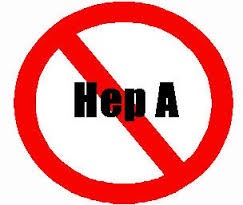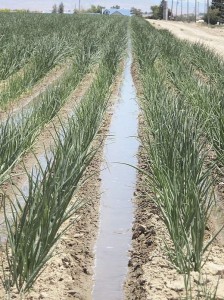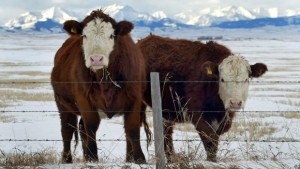Diamond Pet Food and Costco have begun paying settlements to Canadian pet owners who say their pets required screening and/or treatment, or the pets died, after they were exposed to Salmonella in 2011 and 2012.
 A class action lawsuit was filed against Diamond Pet Foods and its distributor, Costco, after pet illnesses and some deaths occurred. While admitting no liability, the companies agreed to settle the lawsuit to avoid lengthy litigation. The settlement was announced in March 2016.
A class action lawsuit was filed against Diamond Pet Foods and its distributor, Costco, after pet illnesses and some deaths occurred. While admitting no liability, the companies agreed to settle the lawsuit to avoid lengthy litigation. The settlement was announced in March 2016.
Attorney Jeff Ornstein, who heads the class action firm, Consumer Law Group, said Costco is notifying 115,000 customers who purchased the pet food by an automated phone call, announcing that the settlement is available.
To be eligible, consumers must have purchased Diamond Pet Food, recalled on April 6, 26 or 30, 2012, or on May 4-5, 2012, and did not return the recalled produced or exchange, and did not already sign a release with Diamond or Costco.
The amount of payment depends on the damages sustained and varies from the cost of replacing the pet food to larger amounts to cover the costs of veterinary care, or costs related to the death of the animal.
The class action filing says one consumer’s dog became extremely ill after eating Kirkland Signature Super Premium Adult Dog Lamb, Rice & Vegetable Formula – a Diamond Pet Food Brand made for Costco – and required treatment and lab tests by a veterinarian.
The companies told the consumer about the Salmonella contamination but would not compensate the consumer for the veterinary bills because the consumer did not have an empty bag or proof of purchase for the dog food.











